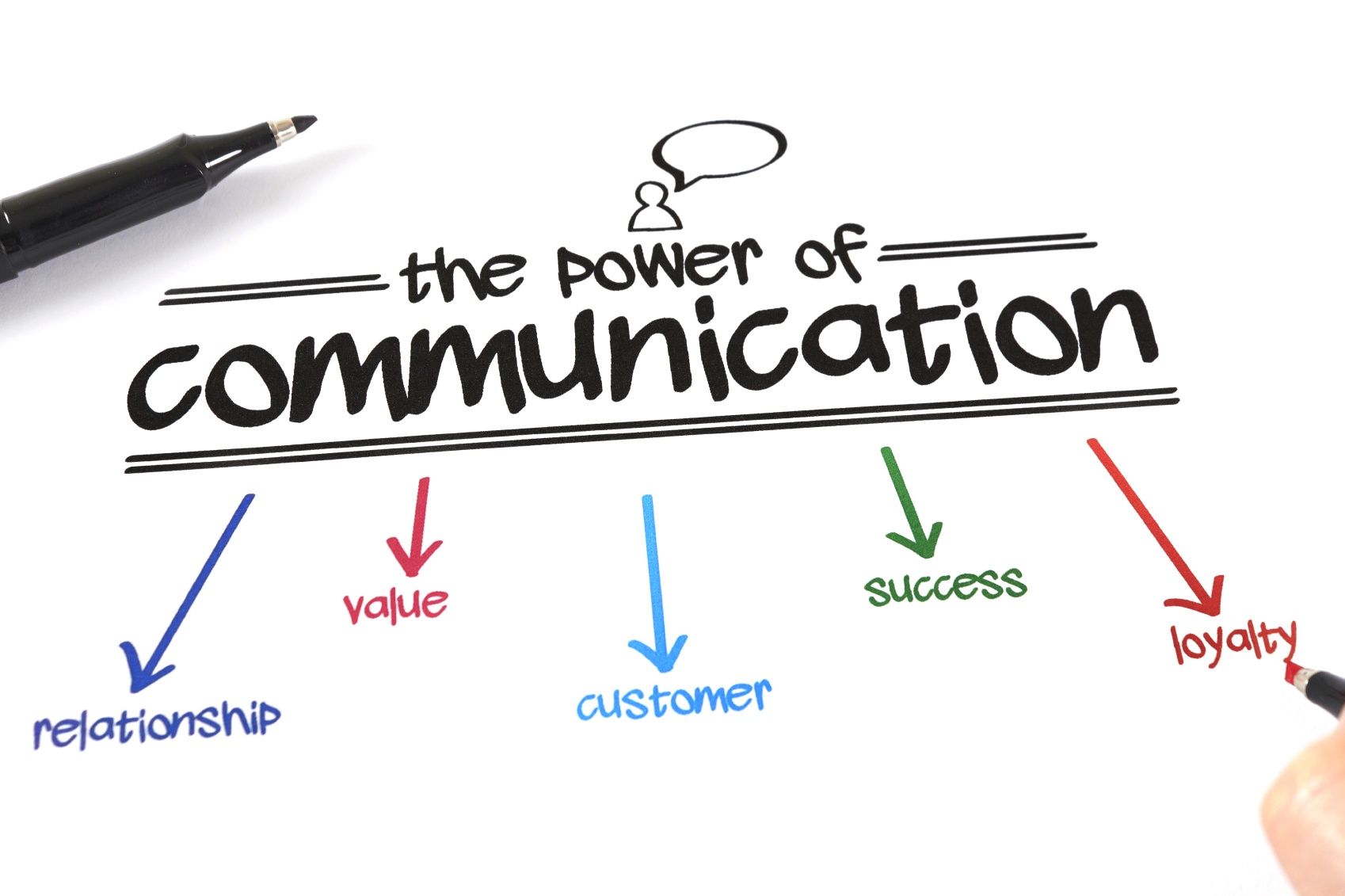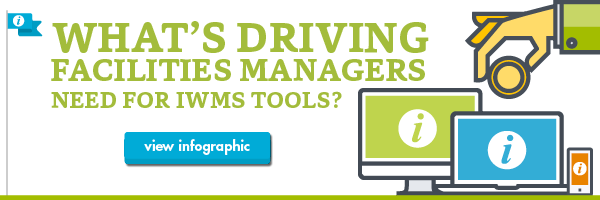6 Variables to Consider When Choosing a Facilities Management Tool


Facilities Management professionals are always looking for ways to streamline workflow, maximize effective practices, and find new methods to improve their team’s performance. Fortunately, there are numerous tools and systems designed to do just that. Workplace management systems are available to assist the teams and can be configured and customized to meet the needs of any size FM group. But, how do you decide on what system, features, and modules will be the most effective. It is, therefore, important to pair the system with the job(s) to get the best results. Today, we’re going to examine some of the vital questions to ask to help you align your needs with an appropriate IWMS and related modules.
Know Your Vendor
Of all the advice one could receive when thinking about facilities management tools or IWMS, knowing and trusting your system vendor may be the most important. Ideally, you and the vendor will collaborate to determine your specific needs for a system. As the systems and modules are somewhat a la carte, it is important to discuss the requirements of the FM team and what components will best meet those needs. Do research on each vendor you are considering and be sure to review case studies and ask for references when available. One of the biggest complaints we hear about some of our competitors is that once they became a customer, all communication ended. Understand how your vendor will be a continued partner in your delivery of workplace services. Will they continue to make recommendations? Do they have a thought leadership / product update blog? It’s critical you foster and nurture this relationship, as will most likely come to rely on their expertise and see them as an honorary member of the team.
each vendor you are considering and be sure to review case studies and ask for references when available. One of the biggest complaints we hear about some of our competitors is that once they became a customer, all communication ended. Understand how your vendor will be a continued partner in your delivery of workplace services. Will they continue to make recommendations? Do they have a thought leadership / product update blog? It’s critical you foster and nurture this relationship, as will most likely come to rely on their expertise and see them as an honorary member of the team.
Integrating With Existing Systems
As mentioned above, your vendor for the IWMS should be your confidant for making decisions on implementation and one of the first questions you would want to ask is how the new systems and modules integrate with your existing system. Ideally, it should be a fairly simple process, but there is the possibility that additional software and hardware will need to be purchased. This would be particularly important for cost analysis, especially with C-suite and the bottom line in mind. Make sure there aren’t any hidden or surprise fees, associated with this integration process, to ensure the total expenditures are consistent with the initial estimates. Collaborate with your IT department to ensure you are asking the right questions of the vendor during the consideration stage.
Mobility and Communication
Another key feature for FM tools is the ability to access the system from mobile devices. Mobility is a necessity in today’s business world and FMs and their team need to be able to communicate, share data, and report back to a shared system, from any location. Refer to your vendor, again, when considering what devices will work with the system and what may be needed to keep you and the team in a fluid work situation.
iOffice apps are specifically designed for mobile communication as they are not burdened with extra features, just the tools an FM actually needs. For example, some desktop programs run best on a desktop system and may not be available through the mobile app, but you wouldn’t want to process a sophisticated space scenario on a mobile phone anyway. Look beyond the availability of mobile applications and delve deeper into the features of each app, as this will tell you a lot about the vendor. Align yourself with someone who understands and is concerned with the full user experience, not just adding a mobile app to their portfolio.
Metrics Management
There is a constant stream of numerical data pertaining to the jobs and work being performed daily and these numbers become the basis for decision-making processes. They are predictors of future growth and indicators for current trends. If you cannot tap into the data as a resource, you are missing out on being able to develop educated managerial decisions. By tracking workplace metrics with an IWMS, these numbers can be compiled, charted or graphed, and cross analyzed, with any number of parameters in place, so you will be able to develop a clear picture of how space, resources, and people are being utilized daily, monthly, yearly.
System Security
Because of the nature of a facility management software, information is being sent through networks and SaaS systems. This can lead some to be concerned about the security of their personal company information when in reality, your data is even more protected.
iOffice strives for 100% uptime even when performing routine maintenance. We do this through a series of steps of redundancy, clustering, and monitoring. Having this level of redundancy would not be cost-effective for on-site software, but because of the SaaS model, we are able to spread the costs and benefits across our entire customer base. We are also located in an SSAE 16/SOC 2 datacenter with a massive security and backup operations. Meaning that, even in the case of a severe natural disaster, our application would remain accessible to you.
Because we are a SaaS, we have a security advantage through internal and external audits. We are constantly scanning our application using advanced fuzzing and analytic tools to identify potential issues before they ever get released. Consult with your vendor to make sure they’re diligent about their security checks and balances and are routinely checking the integrity of their secured systems.
Training and Support
Once the system is in place and online, the duties of the vendor are not over. Your team will need training, both during implementation and after, as well as ongoing technical support. Have detailed conversations to discuss what kind of training the vendor can offer (and any costs associated) and make sure they will facilitate all system updates, as needed. Remember, the vendor should serve as an extension of your team, with their own set of FM skills, being put to use for your benefit.
Look for more than just a computer-based program to help with your Facilities Management. Instead, look for an IWMS team, which is multi-faceted and just as dynamic as your own FM team. Team up with a software vendor that will push your FM abilities to the next level.
